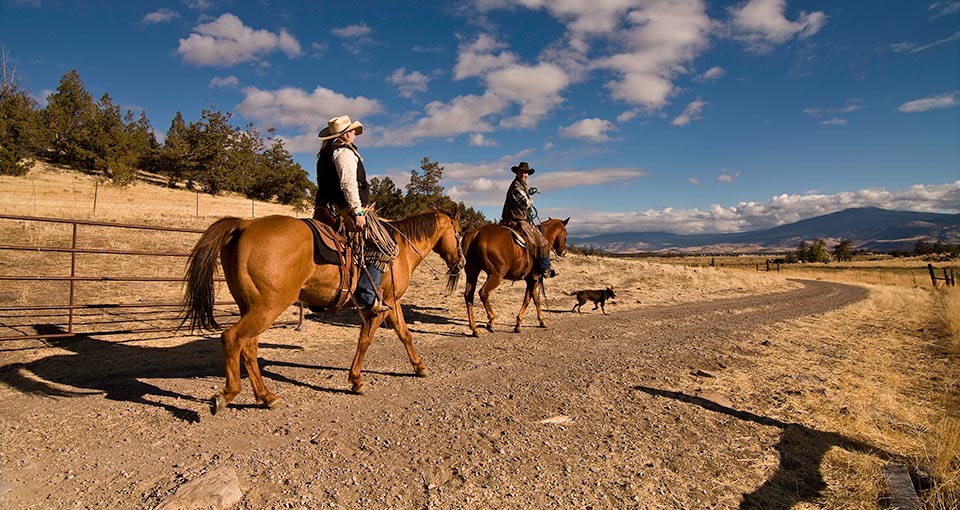

(Photo Credit: Erika Nortemann, TNC)
The Nature Conservancy works with unlikely allies to create economically and environmentally sustainable solutions. Brian Stranko, our north and central coast regional director, explains how we develop creative approaches to complex problems to get the job done.
Q. What makes the Conservancy's approach effective?
A. People want a thriving economy and a healthy environment, not one or the other. They want to be able to eat red meat, have fresh produce, drink clean water and sit on their redwood deck--all while protecting nature.
Our approach works because it's about solutions that protect the economy, the environment and the good life in California. Decision makers, local communities, farmers, ranchers, fishermen, timber companies and the public can all get behind that. And by tapping outside resources and expertise we can get more done than if we just relied on ourselves.
Q. The Conservancy partners with "unlikely allies." What makes them "unlikely" and who are they?
A. Working with these unlikely allies, we can achieve astonishing results. Here are a few examples.
We are working with the timber industry to develop salmon-recovery strategies that can be readily adopted by industry and agriculture, like felling trees in streams so salmon can spawn.
We are partnering with fishermen to develop better ways to catch groundfish -- ways that support the local economy and the ocean -- leading to higher-quality fish, good jobs and sustainably harvested seafood.
And we are working with ranchers on sustainable grazing techniques that help conserve the land and keep invasive plants down while preserving a 150-year tradition of ranching in California.
Q. What are the barriers to this approach?
A. It's a bit of a paradigm shift to work at the intersection of protecting and working the land, one that requires us to think like a rancher, a timber industry professional or a fisherman as well as a conservation practitioner. We have to understand the values, the needs and the perspective of folks in these industries so that we can shape conservation solutions that allow them to stay in business while protecting and restoring natural conditions.
The Nature Conservancy is actively broadening our skill set by bringing in team members who know forestry, fishing or ranching, as well as economics and business.
Q. What's the next big issue the Conservancy is going to tackle?
A. It's where rural meets urban. Our cities will continue to grow, and transportation and other infrastructure will continue to expand to accommodate that growth. Meanwhile, our population will increase, putting pressure on us to expand food production.
This has always been true, but today the situation is amplified by climate change. Where will all the new housing go, the infrastructure, the farms? We are working now to develop tools that help decision makers understand and plan, well in advance, for how they can balance nature and development in regions, such as the San Francisco Bay Area.
In some cases, this means highlighting the importance of natural areas in protecting public safety -- such as wetlands that soak up water and act as flood protection, for instance. In other situations, it means identifying natural areas that are the most sensitive. Either way, we help decision makers look broadly at a region, at all of its natural assets and all of the alternatives and tools at their disposal, to strike a balance between growth and protecting nature well into the future.